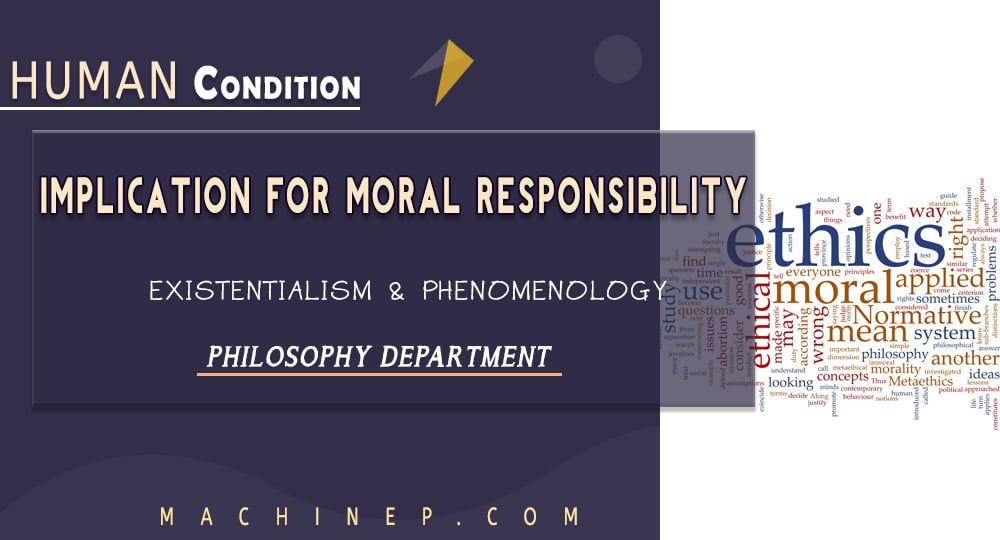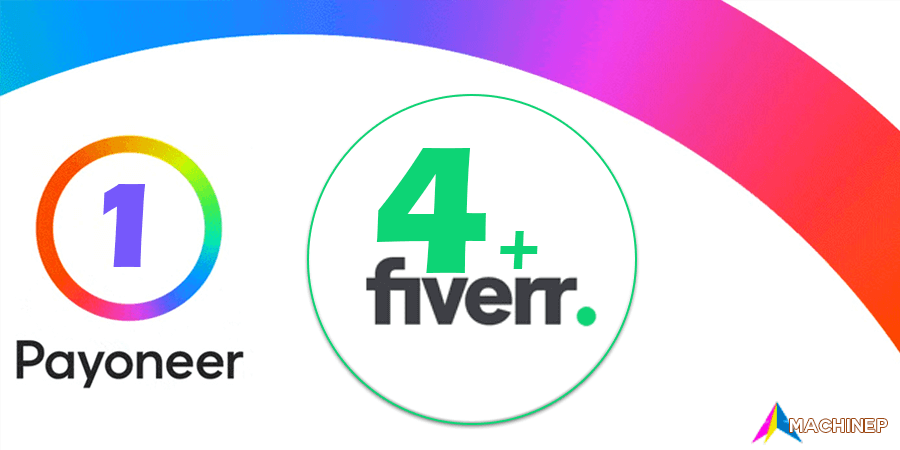Addictions and Family Stability
Introduction
Addiction is a compulsion to use a certain substance or to behave in a certain way in order to feel good or sometimes to stop feeling really bad.
Addiction also means the habit or attitude of being attached to a thing to the point of not being able to do without it. Examples of addiction are addiction to drugs, eating, club, alcohol, work, sex, internet, etc.
Addiction is categorized into physical and psychological addiction. Physical addiction occurs when the body depends on a particular substance. Examples are drug and alcoholic dependence.
Psychological Addiction
It is craving for a substance or a behavior which comes from an emotional or psychological desire rather than from a physical dependence. Examples include gambling, shopping, overeating, sex, and so on.
Addiction is a progressive disease. It is also referred to family disease because everyone in the family is affected by one member’s addiction. Addiction can stress the family to a breaking point.
Family
The family is a universal social institution, the “cornerstone of every society”, an inevitable part of human society, a basic unit of social organization which the composition may vary from one society to the other. In some societies two or more wives to a husband may be seen as an ideal arrangement.
George Peter Murdock, explained that the family lives together, pools its resources and works together and produces offspring through approved sexual relationship according to the norms of a particular society.
Believe it or not, families are the strongest building blocks in any given community. When families are proactive and stable, communities would be proactive and stable in return.
Family stability is therefore defined as the consistency of family activities and routines.
The family stability is established when families from time to time hold meetings with their children to discuss opportunities and obstacles that they are facing.
[grid_creator id = ‘5’]Families that run such meetings would not only be serving their own uniqueness and pro-activity but would become role models within their community.
Parents teach their children a very valuable lesson on the know-how of meaningful existence and maintenance of such stability throughout their lives.
Effects of Addictions on Family Stability
Addiction affects the stability of the home, the unity of the family, mental and physical health and finances of the family members and the overall family dynamics. It often creates interpersonal problems for all. It can cause damage that cannot be easily repaired. Addiction can rub a spouse the joy of matrimony and dream of a wonderful home.
Addiction in the family can be grouped into;
- Parental Addiction
- Children Addiction
- Spouse Addiction
Parental Addiction
Parental addiction has great impact on a child development including socio-emotional development. Parental addiction can create poor self-image, loneliness, fear of abandonment, guilt, anxiety, feelings of helplessness and chronic depression in children. It can compromise the parent’s ability to effectively parent. Financial damage is another effect which can lead to a child being under-educated and malnourished.
Children Addiction
Children suffer in multiple ways. When the children basic needs (food, clothing, shelter, care, nurturance) are unable to be met, they will be subjected to emotional, physical and even sexual abuses as a result of addictions in the family.
Spouse Addiction
It increases the chance of divorce. Family responsibilities are left on the shoulder of the non-addicted. He or she endures sexual, physical and emotional abuses. In some cases, extended family members and friends will/may try to financially fill the gaps created by the addict.
Co-workers most often also have to fill in the gaps for an addict thereby increasing their work load. Children’s academic performance in school is affected even their social lives because once there is no peace at home it affects the children.
Family Violence
Family violence is the intentional use of violence, threat, force, or intimidation to control or manipulate a family member. It is action or works that hurt, scare, control, degrade, or bully others.
Everyone is the family is harmed by violence. Children are harmed even if they do not see or hear the violence. Family violence is often referred as “domestic violence” or “domestic abuse”. The stress of violence can lead to problems with children’s emotion, behavior, brain development and learning. The impact can last a life time. Family violence hardly ever goes away without help. It often gets worse unless the persons using violence change their thinking and how they behave.
Family violence is when someone uses abusive behavior to control or harm a member of their family, or someone with whom they have an intimate relationship. It includes many forms of physical and emotional abuse, as well as neglect carried out by family members or intimate partners. It may include a single act of violence, or a number of acts that form a pattern of abuse. It can have serious and sometimes fatal consequences for victims and for those who see or hear the violence.
Forms include physical, sexual, emotional, mental, and financial abuse, and neglect. Under this category of abuse are intimate partner violence, child abuse and neglect, and elder abuse and female genital mutilation, a violence based on so-called honor and forced marriage.
Physical Abuse
It is the intentional use of force against a person without that person’s consent. It can or may cause physical pain or injury that may last a long time. Physical abuse includes;
- Pushing or shoving
- Hitting, slapping or kicking
- Pinching or punching
- Strangling or choking
- Stabbing or cutting
- Shooting
- Throwing objects at someone
- Burning
- Holding someone down for someone else to assault
- Locking someone in a room or trying them down
- Killing someone
Sexual Abuse
It includes;
- Sexual touching or activity without consent
- Continued sexual contact when asked to stop
- Forcing someone to commit unsafe or humiliating sexual acts.
- Spousal rape.
Emotional Abuse
This is also referred to as psychological abuse which happens when a person uses words or action to control, frighten or isolate someone or take away their self-respect. It can include;
- Threats, put downs, name calling or insults.
- Constant yelling or criticism.
- Controlling or preventing someone from seeing, relating with or visiting friends or family members
- Making fun or preventing someone from practicing their faith or religion.
- Destroying belongings, hurting pets or threatening to do so.
- Bullying; intimidation or humiliation (including doing so on the internet).
In Canada at present some of these forms of abuses are termed as crime; threats to harm the person or someone else. Criminal harassment (stalking) which involves following or repeatedly contacting a person when they don’t want contact and they are afraid.
Financial Abuse
Financial abuse occurs when someone uses money or property to control or exploit someone else. It can involve;
- Talking someone’s money or property without permission.
- Withholding or limiting money to control someone.
- Pressuring someone to sign documents.
- Forcing someone to sell things or change a will.
Neglect
This happens when a family member, who has a duty to care for others (children, spouse or relatives), fails to do so and this includes; not providing proper food or clothing, failing to provide adequate health care, medication and personal hygiene (if needed), failing to prevent physical harm, and failing to ensure proper supervision (if needed).
Conclusion
Spouses and partners are duty bound to care for each other. Adults have a duty to care for their dependent children as well as their dependent parents and relatives. Those most likely to be abused are groups often seen as having less power and control.
They are often at greater risk and vulnerable. Examples are women, children, and person with disabilities. It is said that personal or job stress, alcohol or drug use, and financial hardships do not cause family violence but make it worse.
Read Also:
[grid_creator id = ‘2’]





This is very comprehensive descriptive. Thanks, I had a good read.
very appropriate article